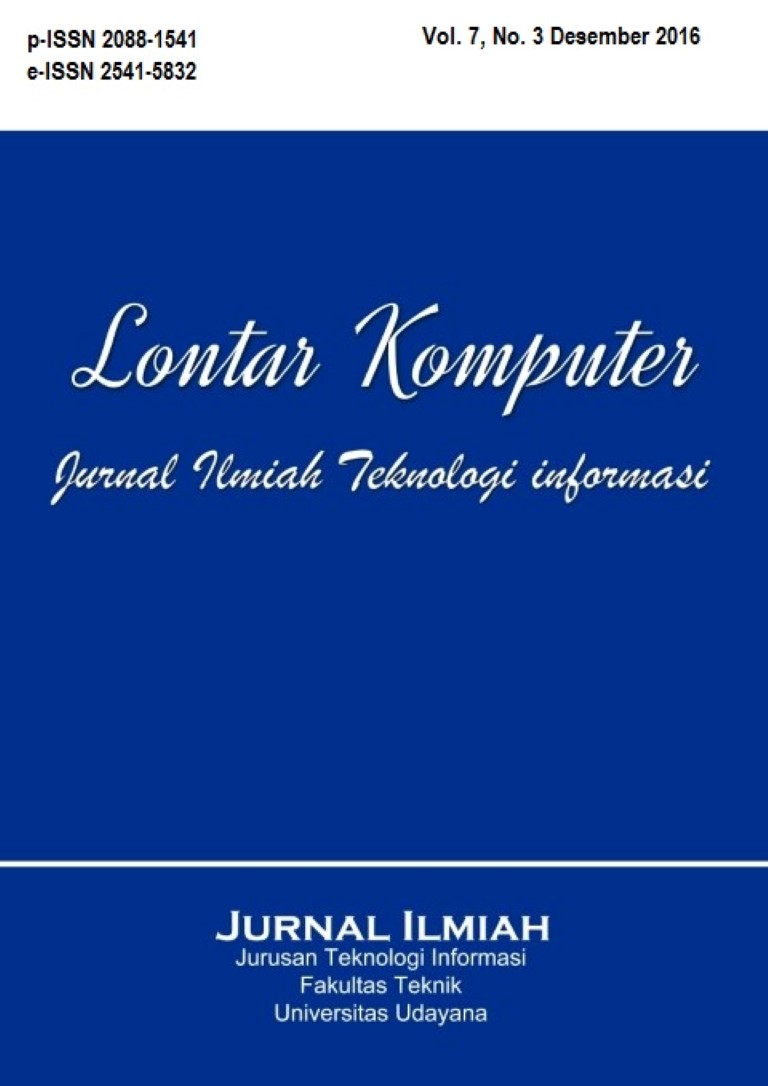Perancangan Sistem Informasi Parkir dengan WiFi Berbasis Arduino
Abstract
Now the need for access to information is very important because the information obtained can specify or provide comfort and ease in performing daily activities. One example is to use gadgets such as smartphones, notebooks, tablets and others, we can easily find out information directly without having to come to the venue. This system aims to design information systems in the parking lot. This technology can provide an idea of ??the amount of available parking spots has been filled or empty. By accessing the IP address given earlier, then we will know the availability of parking space directly. From the test results, it can be said that this system has the advantages of easy to use, the application is simple and can help improve the comfort / convenience for users of the car park. But this system also has the disadvantage of a webserver which is used has a very small memory that can not be accessed by many concurrent users in one time.
Downloads
References
[2] V. Liao, “Technical Data Sheet Opto Interrupter.” Everlight Electronics Co., Ltd., Taipei, pp. 1–9, 2009.
[3] “WiDo - Open Source IoT Node (Arduino Compatible) Schematic.” DFRobot.com, Shanghai, 2015.
[4] “Datasheet AVR Microcontroller ATMega32U4.” Atmel Corporation, 2010.
[5] “Datasheet LM78XX 3-Terminal 1A Positive Voltage Regulator.” Fairchild Semiconductor Corporation, 2013.
[6] “Datasheet WG1300-B0 WLAN Module TI CC3000 IEEE 802.11b/g solution.” JORJIN TECHNOLOGIES INC, China, 2012.
[7] “Schematic Line Follower Sensor.” Everlight Electronics Co., Ltd, Taipei, 2005.
[8] R. Lesniak, “Adafruit CC3000 WiFi.” Adafruit Industries, Newyork, 2015.
Keywords
The Authors submitting a manuscript do so on the understanding that if accepted for publication, the copyright of the article shall be assigned to Jurnal Lontar Komputer as the publisher of the journal. Copyright encompasses exclusive rights to reproduce and deliver the article in all forms and media, as well as translations. The reproduction of any part of this journal (printed or online) will be allowed only with written permission from Jurnal Lontar Komputer. The Editorial Board of Jurnal Lontar Komputer makes every effort to ensure that no wrong or misleading data, opinions, or statements be published in the journal.
 This work is licensed under a Creative Commons Attribution 4.0 International License.
This work is licensed under a Creative Commons Attribution 4.0 International License.























